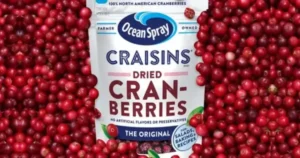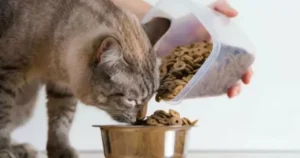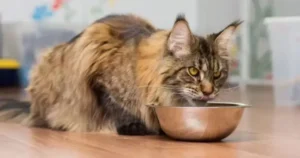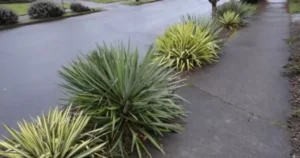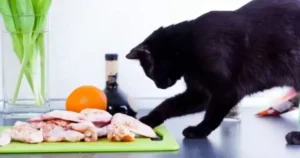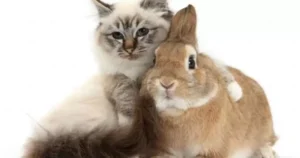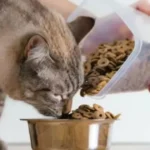Determined dogs devouring your cat’s food? This common struggle strains inter-pet relations. Thankfully, simple solutions effectively block access, discipline dogs, and address root causes with consistency. Implement strategic feeding stations, gates, and training so all pets enjoy their bowls in peace.
Is your dog constantly stealing your cat’s food, leaving your kitty hungry? This common problem strains relationships between pets. Thankfully, by asking “How To Keep Dog Out Of Cat Food?”, we find solutions. Simple steps like feeding pets in separate rooms, using baby gates, teaching “leave it”, and meeting your dog’s needs can bring harmony. Soon, both furry friends can enjoy their bowls in peace.
Frustrated by your dog raiding the cat’s food? This undesirable yet common behavior stems from scent appeal, nutritional imbalance, opportunism, or boredom. Thankfully, pragmatic solutions exist. By installing physical barriers, employing deterrents, and addressing root motivations through diet adjustments and training, you can successfully deny access. Soon your whole pet family can coexist in harmony at mealtimes.
Why puppies Are attracted to Cat food:
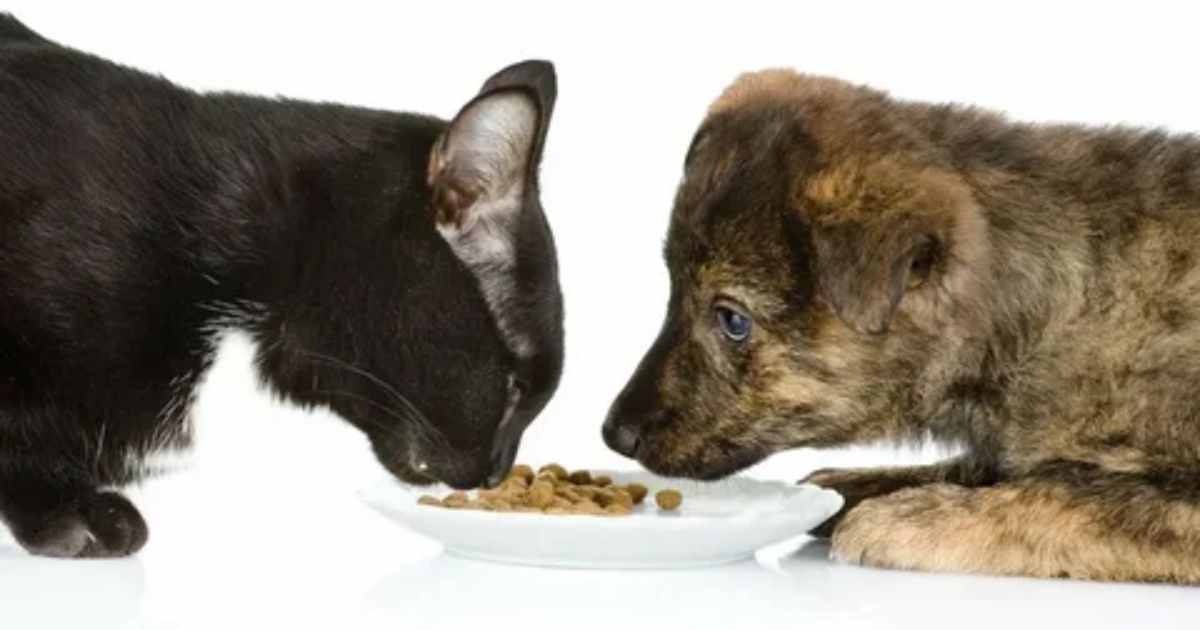
- Smell and Taste – Cat food contains high levels of fat, protein, and flavor enhancers which dogs find irresistible. The strong fishy, meaty smells grab their attention.
- Nutritional Imbalance – Cat food typically has higher protein and fat than dog food. This imbalance appeals to a canine’s scavenging instincts.
- Opportunistic behavior – puppies are natural scavengers and can eat something tasty meals and resources they can access. An unguarded cat food bowl is an easy meal.
- Boredom – puppies can also consume cat meals out of boredom or to get your attention, specifically if they feel left out.
understanding what motivates this behavior enables us to higher address the problem by tackling the basic causes.
Now let’s explore solutions.
Preventing Access In The First Place
Stopping your dog from getting access to the cat bowls is the #1 defense. Here are ways to achieve that:
- Feed Cats In High Or Hindered Spots
- Place bowls on high surfaces like counters, shelves, or windowsills
- Consider installing a shelving system just for the cat bowls
- Use Baby Gates And Pet Gates – Use gates around feeding areas to block dog access
- Feed Separately, In Different Rooms – Feed cats and dogs in different rooms, with doors closed
- Create Feeding Stations – Dedicate separate, enclosed pet station areas just for each animal
Physically separating food sources impediments access right from the start. Gates, doors, and partitions can make all the difference in protecting meals.
Deterrents To Discipline Dogs
As well as physical barriers, deterrents can also discourage dogs from approaching cat food bowls. Useful options include:
- Use Scat Mats – Place rough plastic mats around cat bowls that give a static shock
- Try Motion-Activated Devices – Place automated devices that spray air or emit sounds when triggered
- Use Bitter Anti-Chewing Sprays – Apply foul-tasting sprays to bowls and surrounding areas
- Keep A Water Spray Bottle Handy – A spray of water when caught in the act can teach not to repeat
With consistency, dogs can learn that trying to access cat food results in unpleasant experiences they’d rather avoid.
Address The Root Causes Of Food Stealing
While tackling direct access is important, addressing the underlying motivations behind this behavior is also key for a long-term solution.
If the nutritional imbalance is the issue:
- Consult your vet about your dog’s diet – they may recommend changing the dog food brand or feeding more volume if your dog seems constantly hungry
- Supplement with treats if your dog seems obsessed with cat food specifically due to high protein and fat
- Make sure all pets get fed enough at meal times
If boredom is the culprit:
- Increase play time, walks, training, and enrichment activities
- Provide puzzle toys and rotate novel toys to stimulate curiosity
- Teach settled behaviors for when left alone – use treats to reward calmness
For opportunistic scavengers:
- Work on “leave it” training so they learn to avoid food when instructed, even highly tempting food
- Practice having them in proximity to cat food WITHOUT access at first. Reward with treats for avoiding cat bowls. Build up this exposure in small steps.
- Feed your dog RIGHT before feeding cats so they are less hungry and tempted
Earlier than studying the way to deny access, it is helpful to apprehend why puppies have such a hobby in raiding the cat bowl inside the first vicinity. Some of the main reasons include boredom, curiosity, hunger, looking for attention, liking the taste/texture of cat food, and seeing the cat eat it. Knowing why your Dog Out Of Cat Food bowl is so appealing to your dog will help decide the great method to keep him out of the cat’s meals.
Quick Tips Summary Table
| Goal | Method | Items Needed |
| Block physical access | High shelves, baby gates, separate rooms | Shelves, gates |
| Deter with punishments | Scat mats, spray devices, bitter spray | Scat mats, automated devices, bitter spray |
| Address root causes | Diet check, more exercise/play, training | Treats, new toys |
FAQS:
1. How do I stop my dog from eating my cat’s food?
Feed your pets in separate rooms with the doors closed. This denies your dog access to the cat’s food while allowing them to eat safely in their own spaces.
2. How do you make a dog-proof cat feeding station?
Choose an elevated surface like a table or shelf that your dog can’t reach, and dedicate it solely to your cat’s food and water bowls. Surrounding this cat feeding station with a baby gate or pet fence adds a barrier your dog can’t get past.
3. How do you feed a cat and a dog separately?
Feed your cat and dog in different rooms of the home, keeping the doors completely closed during meal times. You can also purchase enclosed feeding stations designed just for cats or dogs which provide a dedicated, separate eating area for each pet.
Conclusion:
Dogs are highly attracted to cat food. However, allowing them to steal it causes stress for your cat. It also creates tension between your pets overall. Thankfully, simple solutions exist.
By implementing barriers like shelves or gates, deterrents like scat mats, and training like teaching “leave it”, you can successfully deny access. Addressing the root causes of nutritional imbalance or boredom also helps long-term. Staying consistent with a combination approach leads to harmonious pet relationships at mealtimes. Both furry friends can finally enjoy their food in peace. This improves health and happiness all around.




